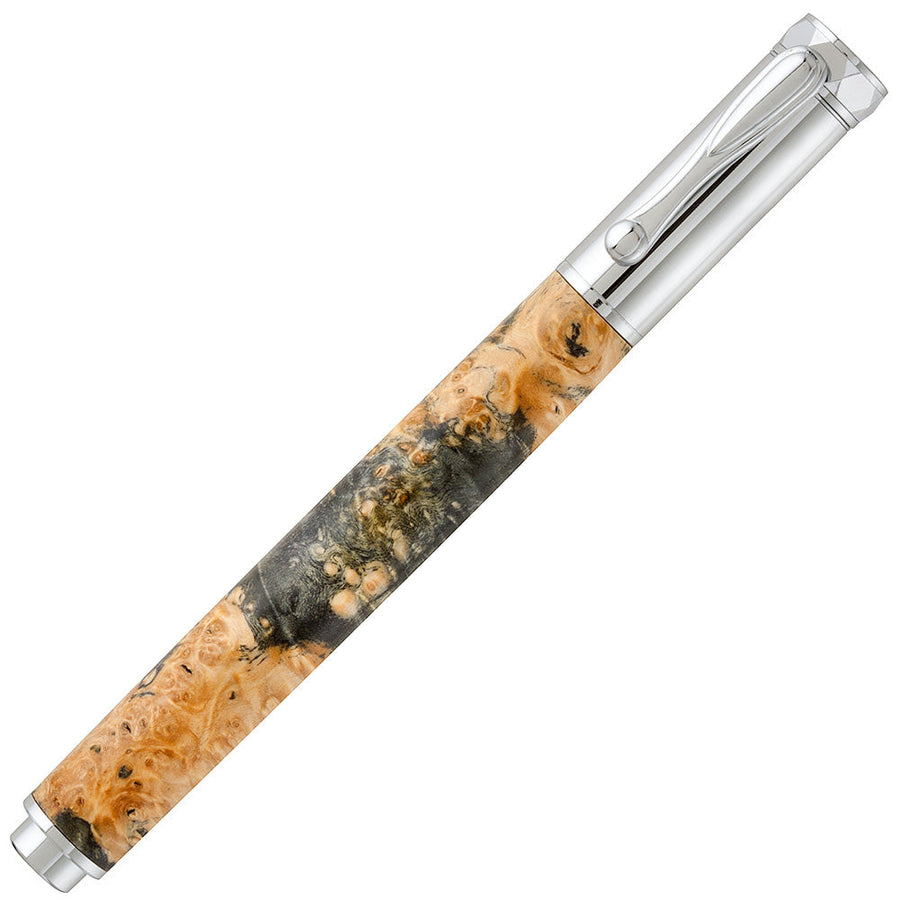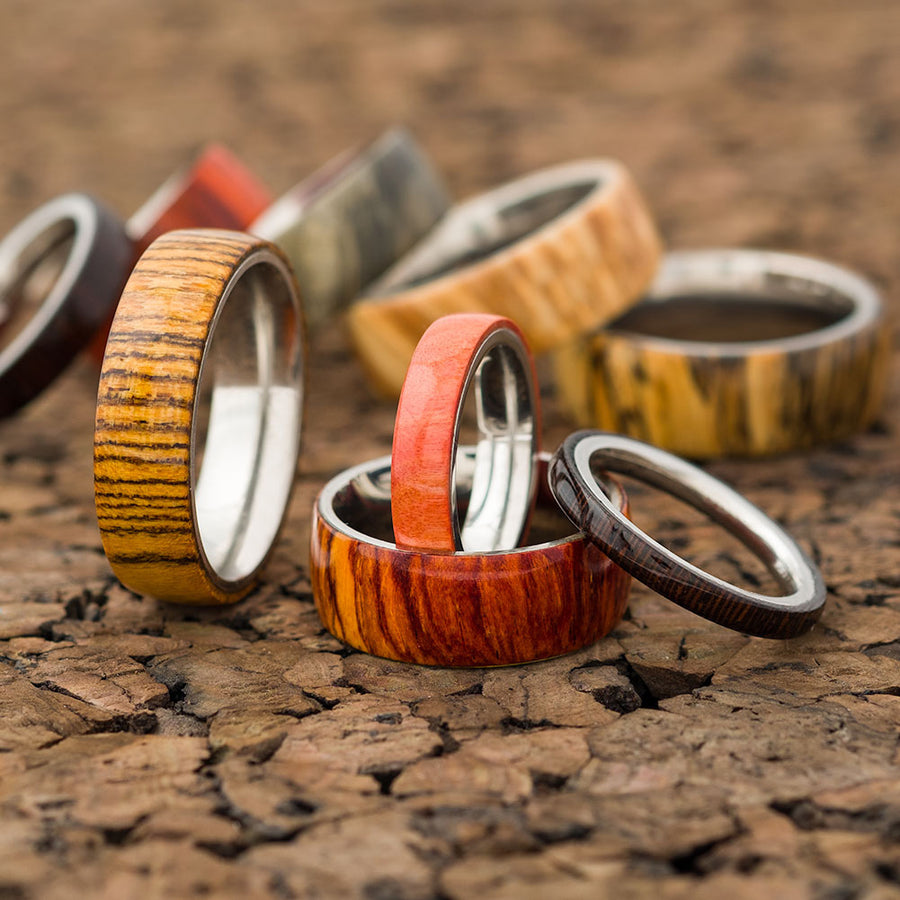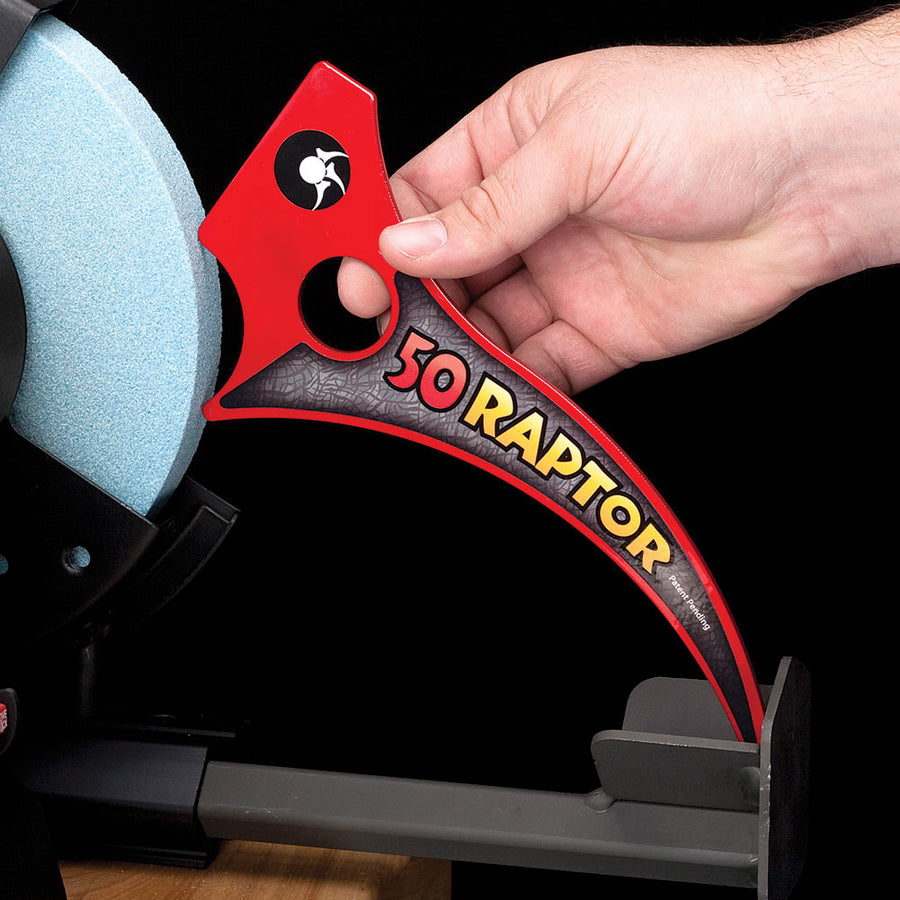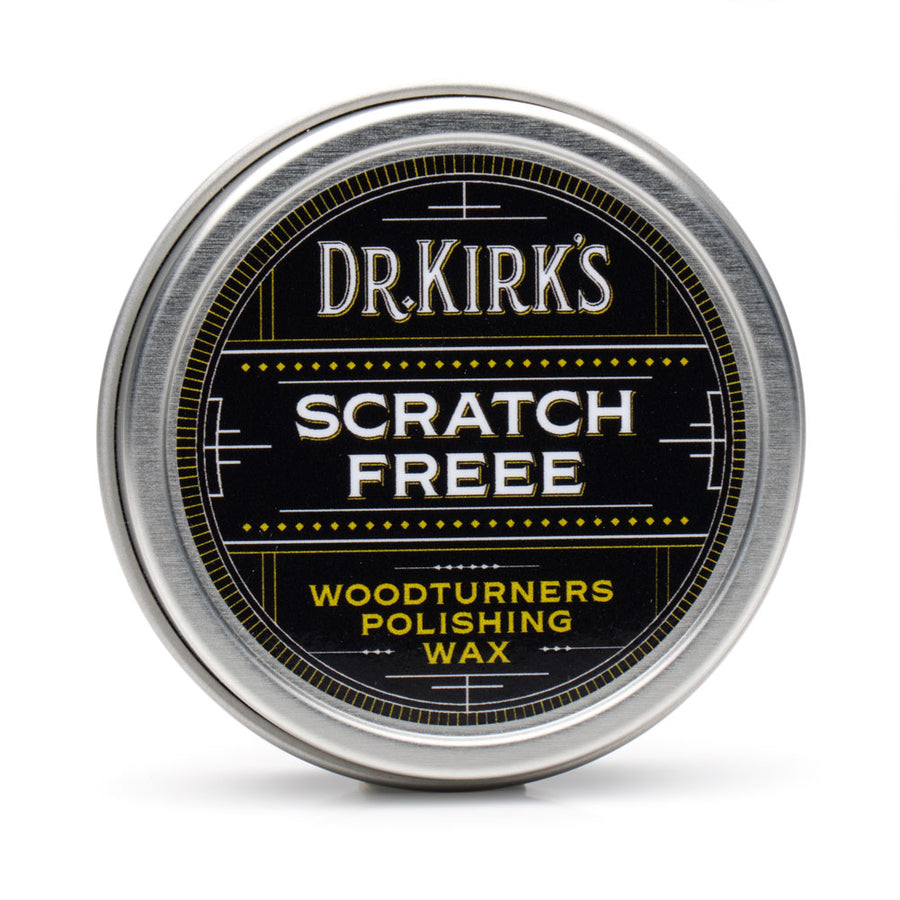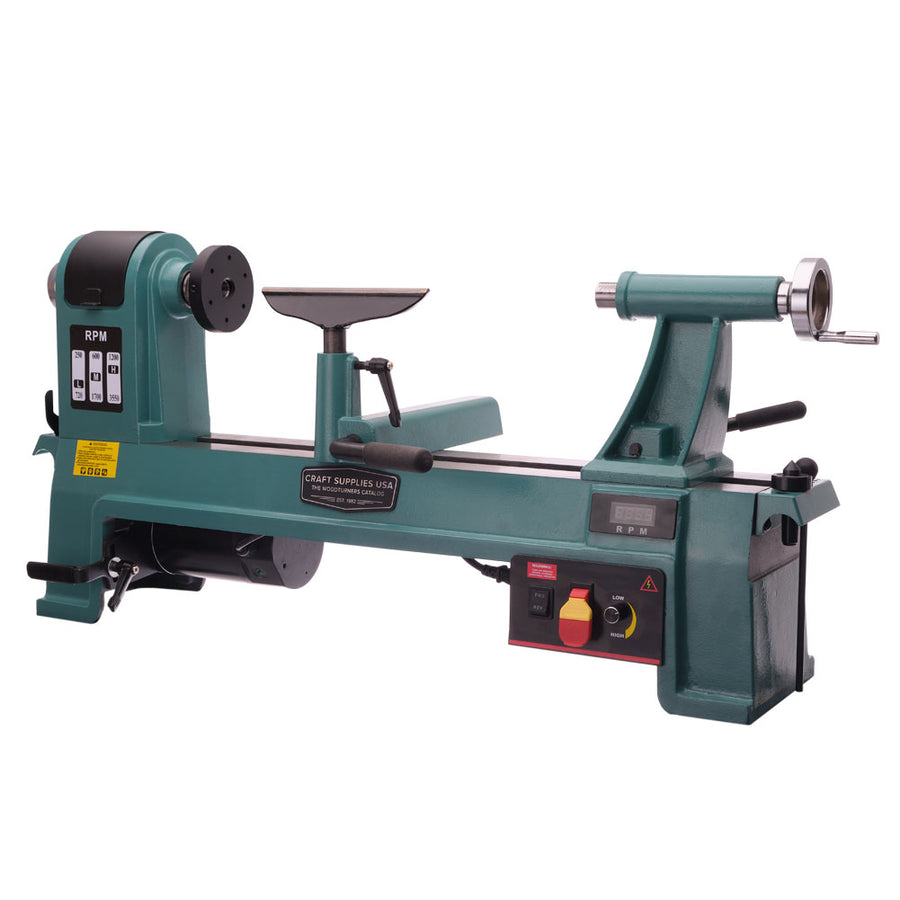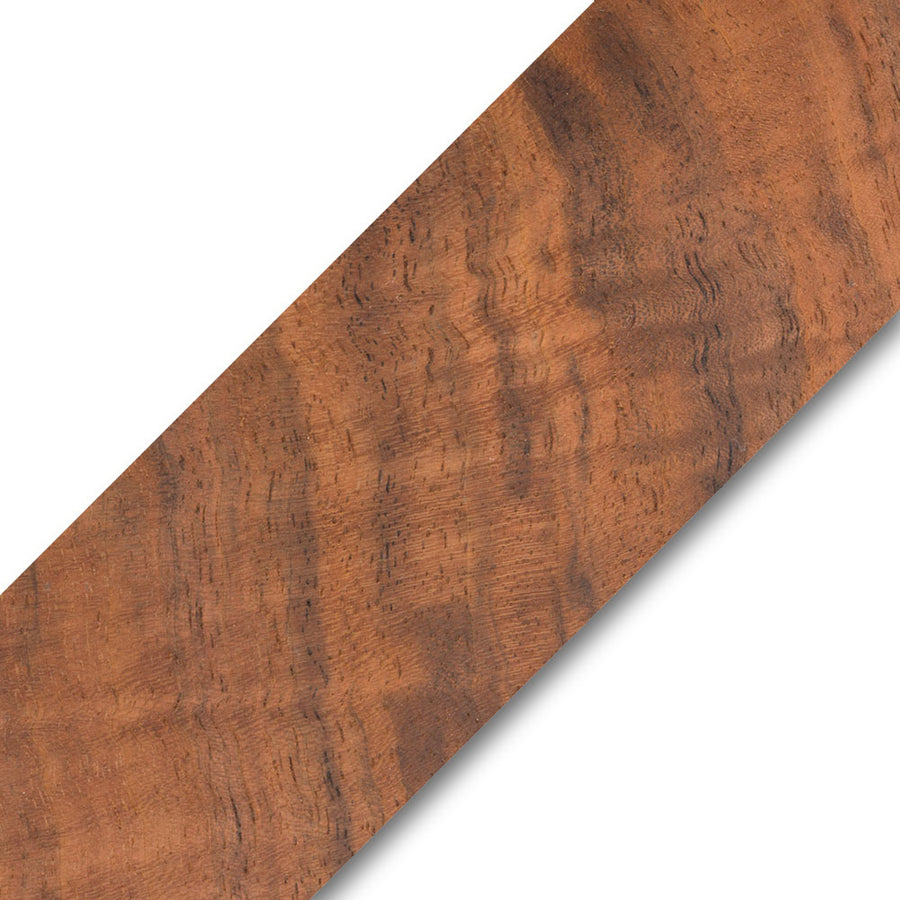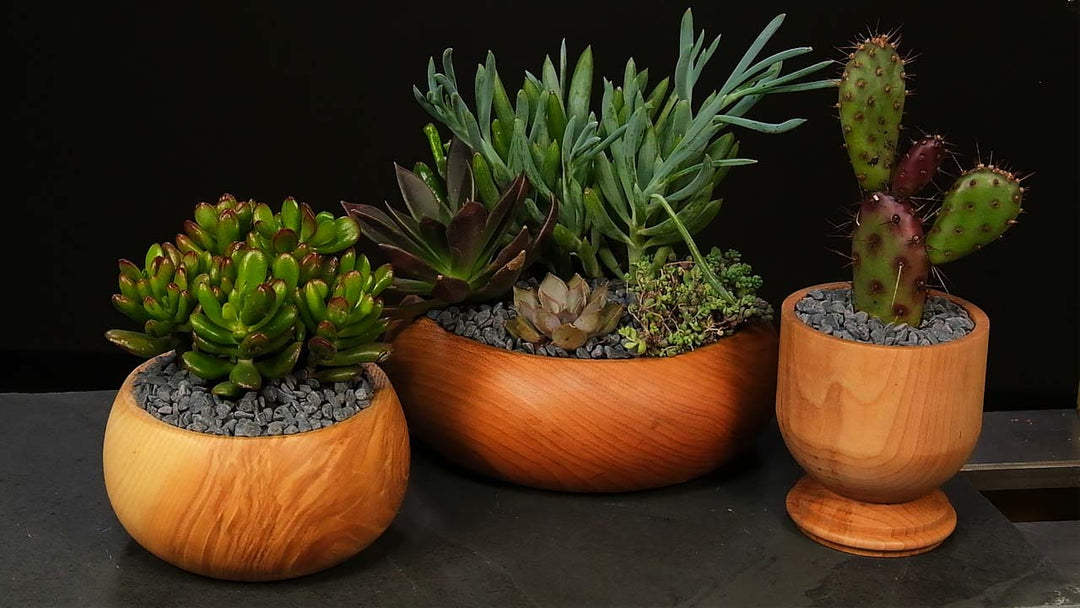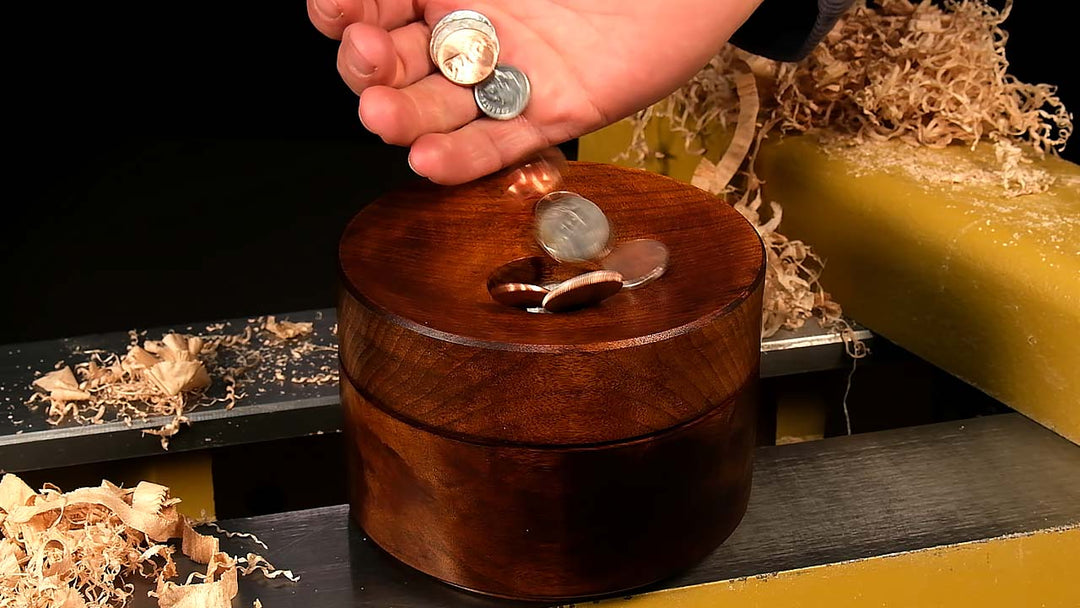Carbide Tools 101

With Carbide tipped tools taking the woodturning industry by storm, we’re often asked to explain the differences between Nano-Carbide and common Carbide cutters. Let’s take an in-depth look at what separates these cutters.
What Exactly is Non Carbide?
When customers are considering using carbide tipped tools, we are often times asked, “What exactly is nano carbide?” The debate on the differences, advantages and which type of carbide is best for a given application could go on forever.
The information below is intended to be a brief, reasonably concise explanation of the fundamental differences between nano tungsten carbide and standard tungsten carbide cutters. It is also intended to explain why nano carbide cutters have become so popular among woodturners.
What is the Difference Between Nano Carbide and Common Carbide?
Tungsten carbide in nano powder form is used to manufacture nano carbide cutters. The term “nano” denotes the tungsten carbide grains of powder as being microscopic in size. Common carbide, so to speak, is created using larger carbide grains which results in a less dense, less wear resistant carbide. This is the type of carbide found on most garden variety carbide cutters used in wood working and metal working.
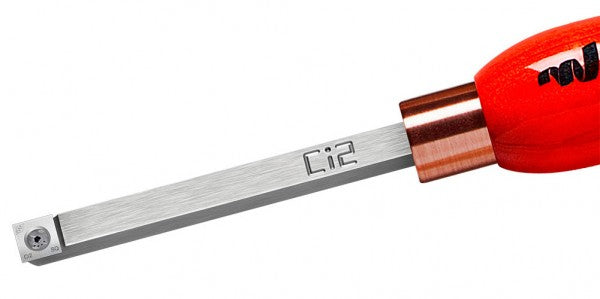
Why are Nano Carbide Cutters so Popular?
When formed into a cutter, the nano (microscopic) carbide grains produce a harder, denser, more wear resistant carbide. The unique properties of nano carbide allow it to be ground to a much finer (sharper) edge that’s much stronger and longer lasting than a traditional carbide material. This means that nano carbide cutters are razor sharp so they cut cleaner and faster. They also hold a finer edge far longer than common carbide cutters.
